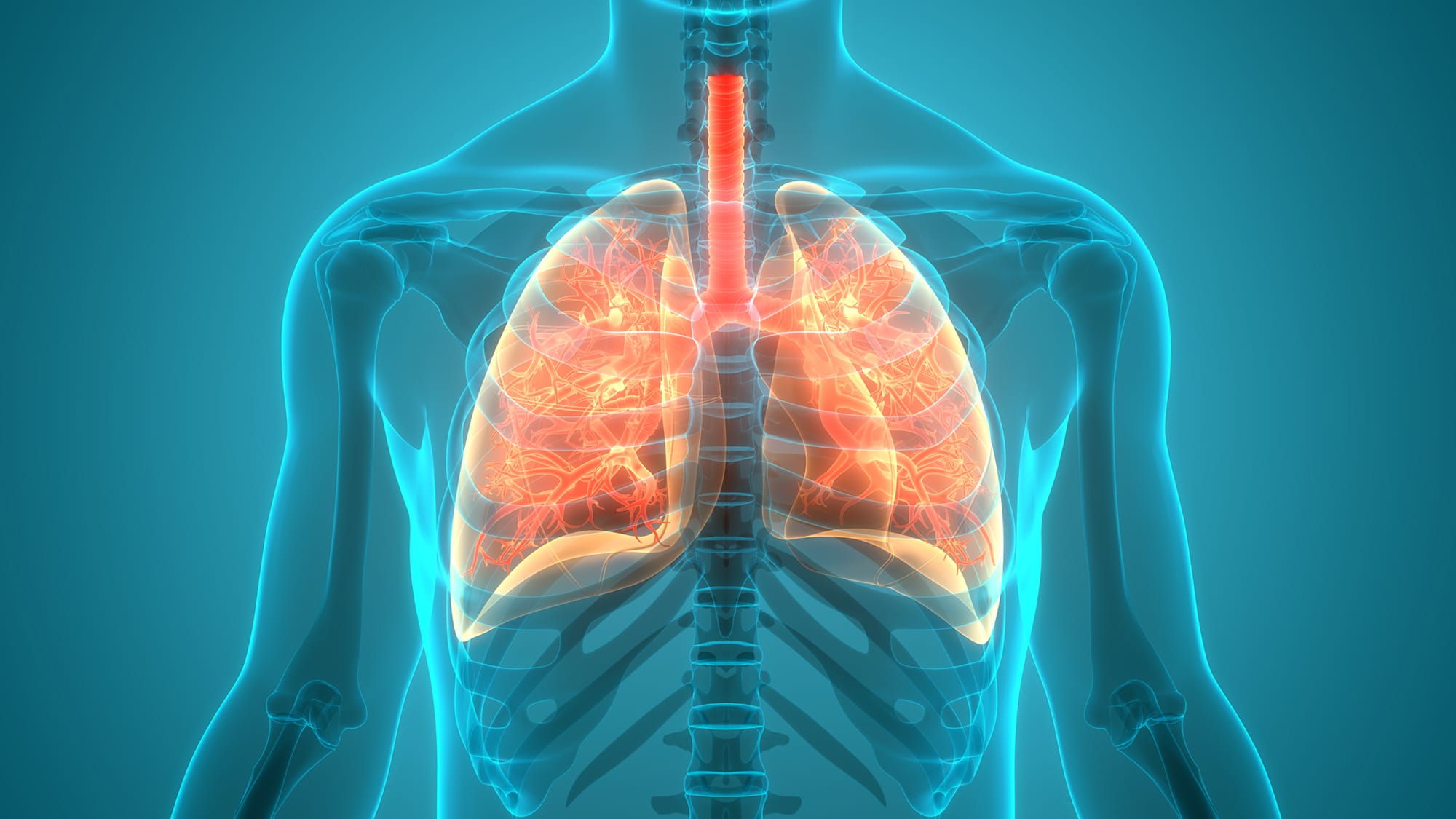Respiratory Depression Assessments
Drugs that act on the central nervous system (CNS) have pharmacological properties that can cause respiratory depression leading to death when used alone or in combination with other drugs. This is particularly common with analgesics such as opioids and gabapentinoids. Risk in pain management settings is heightened because CNS-depressant drugs are often administered in combination. Preliminary work suggests that novel agents should be systematically evaluated for the risk of causing respiratory depression, alone or in combination, and in doses that are therapeutic and supratherapeutic.
With the expertise available at Dr. Vince Clinical Research, there are research opportunities in evaluating the risk of drug-induced respiratory depression for drugs in development that putatively produce less respiratory depression. DVCR can also assess a drug’s ability to reverse respiratory depression and has reached beyond typical antagonists to study whether a stimulant might reverse an opioid-induced respiratory depression event.
Reach Out Today
If you would like to receive more information regarding how DVCR can support your upcoming ventilatory response assessment, please contact us.
The potential for respiratory depression has been assessed by oximetry, respiratory rate, end-tidal CO2 and other means. However, these techniques lack the sensitivity of assessing changes found by measuring minute ventilation. A model to assess the ventilatory response to hypercapnia (VRH) after drug administration has been studied and showed validity in assessing respiratory depression by simulating real-world respiratory effects of a single dose of medication and by comparing the effects of a placebo and an active comparator. The findings form the basis for a proposed risk stratification system that is a promising avenue of research. The FDA is increasingly requesting this type of assessment for drugs with the potential of inducing opioid-induced respiratory depression.
VRH assessments are performed at baseline and after drug or placebo administration in healthy subjects. Subjects inhale a hypercapnic mixture of oxygen and carbon dioxide through a closed system. Capnography is used to measure expiratory end-tidal CO2. The primary pharmacodynamic endpoint is the investigational drug’s effect on respiratory drive as measured by minute ventilation when the respiratory system is stressed by hypercapnia.
The VRH provides a validated method for evaluating whether chemically-induced ventilatory depression can be antagonized by various compounds without reduction of intended effects. With future research, respiratory depressive effects of a drug in development may be compared to a similar comparator drug. Future regulations may require this type of evaluation prior to NDA approval. DVCR has the expertise to design and execute studies to assess a drug’s effect on respiratory drive.
Please click here to read a paper by Lynn Webster, MD, our Executive VP of Scientific Affairs.
The potential for respiratory depression has been assessed by oximetry, respiratory rate, end-tidal CO2 and other means. However, these techniques lack the sensitivity of assessing changes found by measuring minute ventilation. A model to assess the ventilatory response to hypercapnia (VRH) after drug administration has been studied and showed validity in assessing respiratory depression by simulating real-world respiratory effects of a single dose of medication and by comparing the effects of a placebo and an active comparator. The findings form the basis for a proposed risk stratification system that is a promising avenue of research. The FDA is increasingly requesting this type of assessment for drugs with the potential of inducing opioid-induced respiratory depression.

VRH assessments are performed at baseline and after drug or placebo administration in healthy subjects. Subjects inhale a hypercapnic mixture of oxygen and carbon dioxide through a closed system. Capnography is used to measure expiratory end-tidal CO2. The primary pharmacodynamic endpoint is the investigational drug’s effect on respiratory drive as measured by minute ventilation when the respiratory system is stressed by hypercapnia.
The VRH provides a validated method for evaluating whether chemically-induced ventilatory depression can be antagonized by various compounds without reduction of intended effects. With future research, respiratory depressive effects of a drug in development may be compared to a similar comparator drug. Future regulations may require this type of evaluation prior to NDA approval. DVCR has the expertise to design and execute studies to assess a drug’s effect on respiratory drive.

